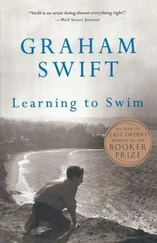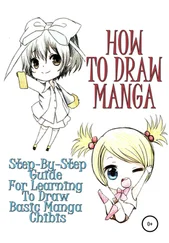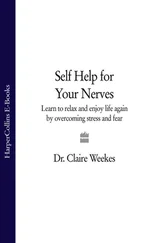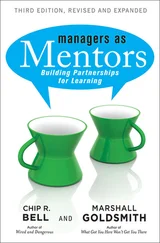Reuter, Y. (2007). La conscience disciplinaire. Présentation d’un concept, Éducation et didactique , 1(2), 57–71.
Rouchier, A., Lemoyne, G., Mercier, A. (2001). Le génie didactique : usages et mésusages des théories de l’enseignement . De Boeck Supérieur, Louvain-la-Neuve.
Thémines, J.-F. (2004). Quatre conceptions de la géographie scolaire : un modèle interprétatif des pratiques d’enseignement de la géographie ? Cybergeo: European Journal of Geography [Online]. Available at: https://journals.openedition.org/cybergeo/4325.
Thévenot, L. (2006). L’action au pluriel. Sociologie des régimes d’engagement . La Découverte, Paris.
Vincent, G. (1980). L’école primaire française. Étude sociologique . Presses Universitaires de Lyon, Lyon.
Vincent, G., Lahire, B., Thin, D. (1994). L’éducation prisonnière de la forme scolaire ? Scolarisation et socialisation dans les sociétés industrielles . Presses Universitaires de Lyon, Lyon.
Introduction written by Joël LEBEAUME.
1 1 In the functional analysis of technical design, a distinction is made between usage functions (utility) and esteem functions (appreciations and values assigned by users). The usage functions of a computer relate to the processing of information, the esteem functions are associated with the brand, the design, etc.
2 2 Enseignements primaire et secondaire. Recommandations pédagogiques. Un apprentissage fondamental à l’école maternelle : découvrir les nombres et leurs utilisations [Elementary and high school teaching. Pedagogical recommendations. Fundamental learning in kindergarten: learning the numbers and their uses]. Memorandum no. 2019–085 dated May 28, 2019. Official Bulletin no. 22 of May 29, 2019, p. 26.
3 3 Circular no. 65338 dated September 3, 1965, National Education Official Bulletin of September 30, 1965, approves the use of ballpoint pens at school.
4 4 Memorandum No. 91–212 dated July 15, 1991.
5 5 Use of electronic calculators as from the 2018 school year; NOR: MENE1506921N Memorandum No. 2015–056 dated March 17, 2015.
6 6 Law No. 2010–788 of July 12, 2010 – art. 183 (V). In kindergartens, elementary schools and high schools, the use of a mobile phone by a pupil during any teaching activity and in the places provided for under the internal regulations is prohibited.
7 7 See pp. 1–2, note 2: “The term ‘didactic material’ is generally associated with disciplinary knowledge, while pedagogical material would be a priori adisciplinary. This distinction, however, relates more to the intention of the designers and the relationship of the material to the programs of study and to the knowledge to be taught, than to the actual use made of it by the teachers. Indeed, non-disciplinary material can very well be used to support learning of a disciplinary nature, just as so-called didactic material can become an aid used to support motivation or personal and social learning, such as cooperation. As porous as it is, this distinction between pedagogical material and didactic material is nevertheless based on the relationship to disciplinary knowledge. In fact, didactic material, particularly school textbooks, underlies a certain predetermined attribution of function in relation to disciplinary learning. But, irrespective of the end use linked to the design of the material, it materializes in a possibly very different form during the educational intervention of the teacher.”
8 8 Ideal type 1: the transmission of a self-centered vision of the world; ideal type 2: initiation into an access to the world, still unfamiliar; ideal type 3: critical distancing from social representations of the world; ideal type 4: the construction of a reflexive spatial practice.
9 9 For the differentiation between mediation and mediatization, see Linard (1989).
Конец ознакомительного фрагмента.
Текст предоставлен ООО «ЛитРес».
Прочитайте эту книгу целиком, купив полную легальную версию на ЛитРес.
Безопасно оплатить книгу можно банковской картой Visa, MasterCard, Maestro, со счета мобильного телефона, с платежного терминала, в салоне МТС или Связной, через PayPal, WebMoney, Яндекс.Деньги, QIWI Кошелек, бонусными картами или другим удобным Вам способом.












